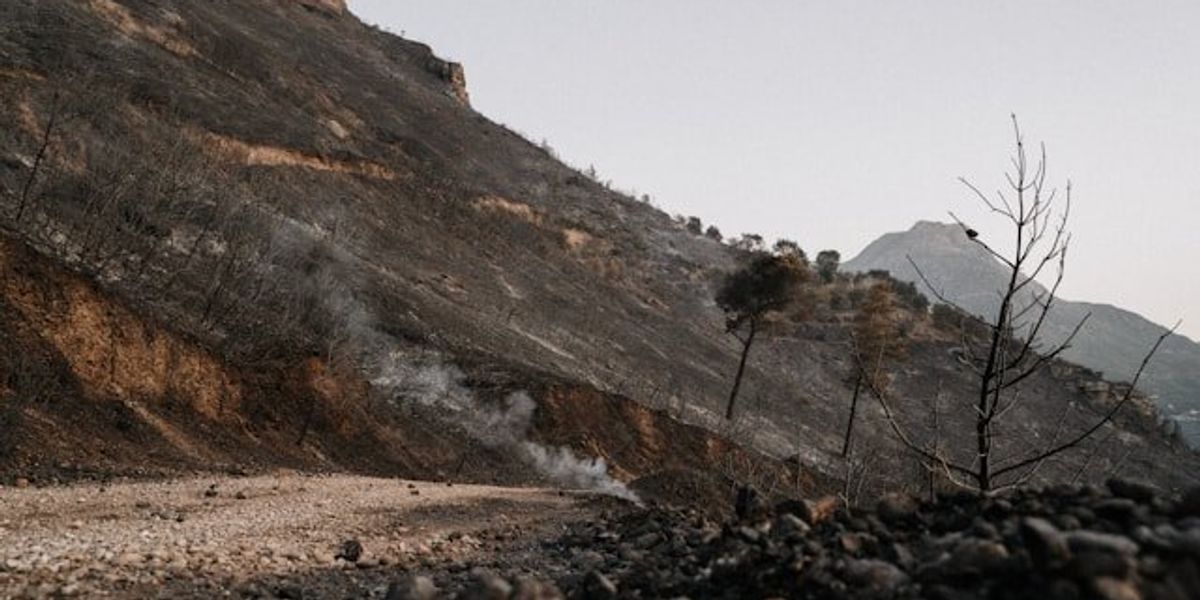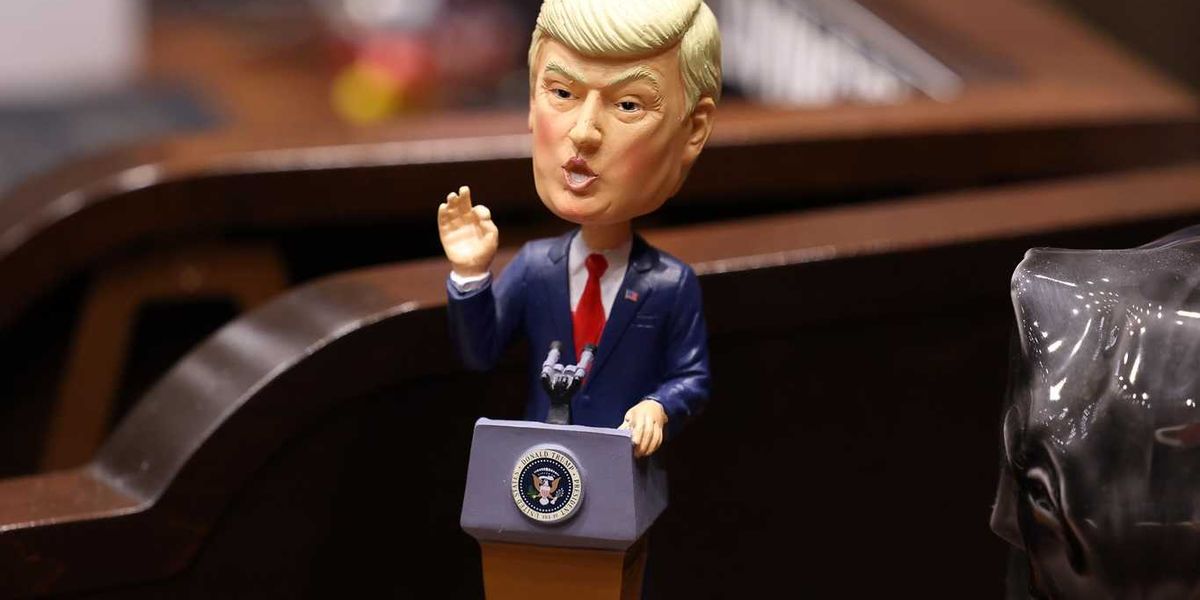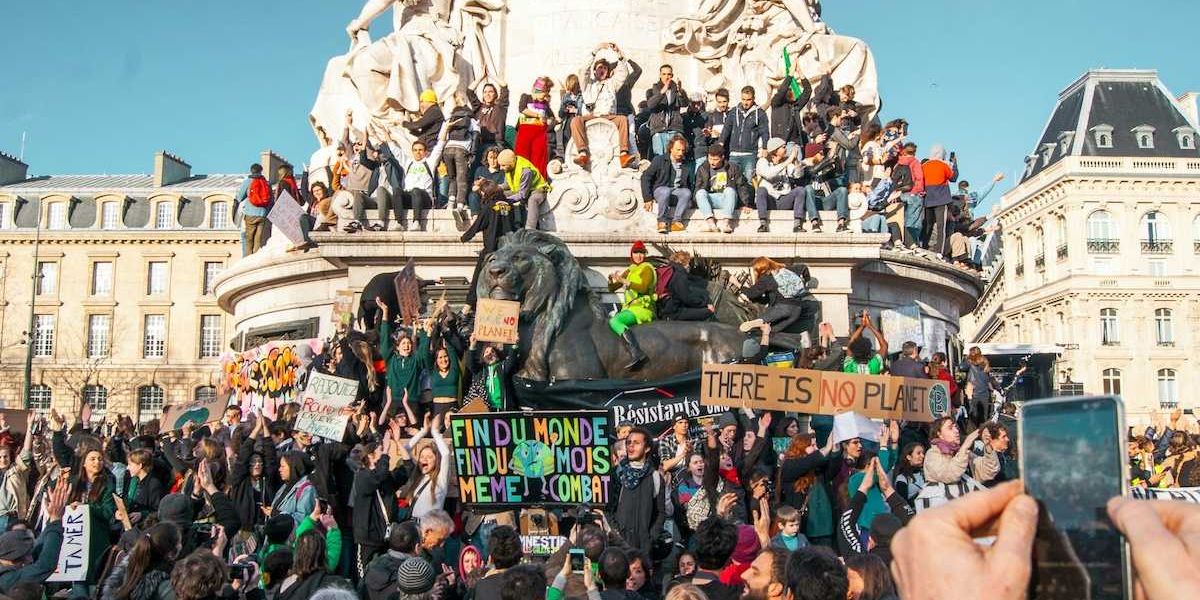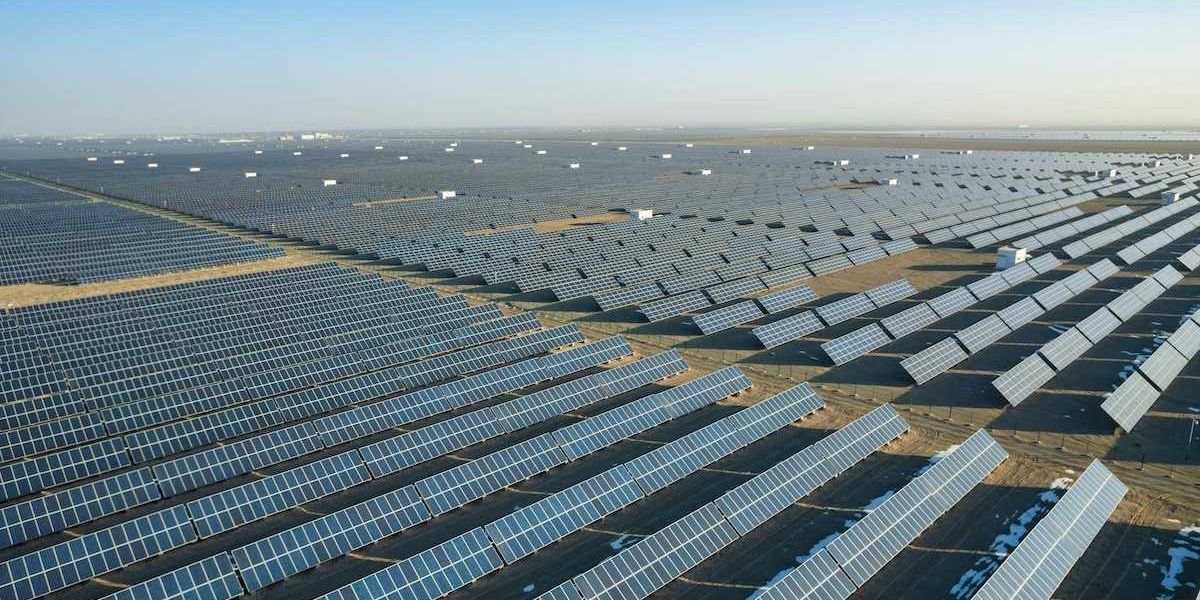
Wildfire smoke and disruptions tied to spike in deaths
Wildfire conditions in Maui in August 2023 were linked to a 67% rise in local deaths, with many occurring outside medical settings, according to new research.
Sharon Udasin reports for The Hill.
In short:
- Researchers found 82 more deaths than expected in Maui during August 2023, using five years of pre-fire mortality data adjusted to exclude COVID-19 impacts.
- The week of peak fire activity saw death rates surge 367% above normal, with many people dying without reaching medical care.
- Authors urged emergency preparedness and long-term ecological restoration based on Indigenous land management to prevent future wildfire disasters.
Key quote:
“Wildfires can cause a measurable, population-wide increase in mortality, beyond what is captured in official fatality counts.”
— Michelle Nakatsuka, co-lead author, New York University’s Grossman School of Medicine
Why this matters:
Fires can cause mass casualties not just from burns or smoke inhalation, but from medical disruptions that prevent people from accessing lifesaving care. People with asthma, heart disease, or other chronic conditions are especially vulnerable to smoke and stress. Emergency infrastructure often buckles under wildfire conditions, leaving entire communities cut off from aid. In the days and weeks that follow, fatalities can continue as people miss treatments or struggle to manage preexisting conditions. These indirect deaths rarely show up in official counts, making it harder to understand the full cost of fire disasters — and to plan for them. As climate change accelerates, so do the public health threats that follow every fire.
Learn more: The Maui fires may cause long-term health problems













